Yes, you’ve got that right: Google hates thin content and is constantly rolling out new methods to penalize websites that promote such content in an attempt to rank higher in search engine results.
Why is thin content so bad for your business? Can it actually jeopardize your relationship with Google in the long run? Moreover, what kind of impact does thin content have on your audience? An in-depth look at this problem reveals that thin content is a serious concern with multiple definitions and potential solutions.
Fortunately, you can address all these issues by starting to analyze your web content from a machine’s perspective.
What’s The Actual Relationship between Google’s Panda and Thin Content?
Google has generously shed some light on this matter: thin content generally means web pages with very little or no value. In other words, thin content fails to ensure a positive user experience and doesn’t make your readers richer or wiser in any way. This type of low-quality page can be separated into several categories:
- Thin affiliate web pages
- Doorway pages
- Pages comprising content “borrowed” from other online sources (low-quality guest post pages or scraped content)
- Pages displaying automatically-generated content
When it comes to developing, growing and optimizing your website, you have to follow one simple rule. Don’t turn your web content into a pile of mouthwatering bamboo that Google’s Panda would gladly eat.
Thin content will certainly impact your rankings. In an attempt to ensure a more satisfactory web experience for online searchers, Google is favoring the companies that play by the book and add value to their readers by providing useful, relevant and original content.
Thin Content Is the Kind of Crap That Google’s Panda Is Dying to Destroy
According to The Internet Marketing Driver, thin content is a relatively common problem for owners of some large-scale websites such as directories, ecommerce websites and publishers that have thousands or even millions of web pages. When you’re crafting and uploading mega content at a very fast pace, things can get out of control quickly. When you’re only concerned with quantity, you can easily end up ignoring quality, and this is precisely what Google doesn’t want you to do. Moreover, this is exactly why Google is sending its low-content-hungry Panda to hunt you down.
The Internet Marketing Driver gives us three good examples of thin content:
- Rogue content uploaded to a website without context
- Pages with embedded videos promoting low-value content (usually less than 2 paragraphs) taken from third-party websites
- Quick updates revolving around one or two paragraphs of content that do not provide value to readers
These three examples illustrate the fact that Google is not the biggest fan of brevity, especially when this economy of language is an indicator of a lack of substance. Sometimes, less is less. Thin content will always work against you in the long run, in an insidious way. Your thinning problem can become more dangerous over time, as you add new pieces of content, implement different technical changes, roll out new upgrades on your website or form new partnerships. And before you realize the danger, all the unorthodox strategies revolving around thin content that you’ve used to simplify your work can backfire.
Moz also does a great job of defining thin content, breaking it down into several categories:
- True duplicates (internal or cross-site). Copies of your own pages within your website or across multiple domains will only make your content thinner. Moreover, duplicates can aggravate other existing thin content issues, so you should get rid of them as soon as possible though a canonical tag or a 301-redirect.
- Near duplicates (internal or cross-site). Near duplicates refer to pages that vary by a negligible amount of web content – usually by not more than a couple of lines. Since you’re selling the same dress in multiple colors and sizes, you’ve thought that it may be a good idea to promote your products using the same copy and changing only the words related to the color and size of every single item available for sale. Or perhaps you own a company providing services in different cities. In this case, you’ve thought it may be wise to save some time and energy by copy-pasting your content within your website, on different pages while only changing the geo-keywords and the headline. Naturally, these strategies can’t and won’t be received with a lot of enthusiasm by Google. These are ideas that only provide the desirable results in theory. In reality, to protect your good name and your rankings you should block these pages using META NOINDEX, focus on your high-value pages and rewrite the rest from scratch, while turning reader experience, relevancy and originality into your top priorities.
- Low unique ratio. Some websites that are on Panda’s radar promote a small amount of unique content and use a complex navigation, dynamic content or mega-footers to mask this flaw. If 98% of your page is plain structure and the remaining 2% is content that is supposed to inform, educate and entertain your readers, then clearly you’re not doing a very good job at keeping readers and search engines on your side. In this case, it is advisable to rethink, rewrite and re-implement your web content on a large scale.
- High ad ratio. You’ve worked hard to monetize your content and turn your website into the perfect cash cow. And now what? Instead of harvesting the fruits of your labor, you are worried about the fact that your clever strategy may have exposed you to a series of Google penalties simply because your website is jam-packed with a plethora of ad banners. In this case, a too-high ad ratio is inevitably linked to an insufficient amount of content. This is clearly not a pleasant sight for search engines and visitors who land on your website looking for expert advice or quality entertainment (or both).
3 Ways You Can Improve Your Web Content to Avoid Penalties
If thin content is a problem you need to address to stay in Google’s good graces, how can you actually add weight to your content? Start by following Google’s guidelines:
- Check for duplicate content and auto-generated content on your website
- Look for doorway pages and thin content web pages based on affiliate links
- Judge your web content based on the value that it provides to your readers and improve it by gearing it towards what your audience would like to hear from you.
After completing all these steps, you can solicit a reconsideration of your website. At the end of the day, you should see your content as the foundation of an expensive and extremely important construction project. User and search-engine friendly content is the premium adhesive that keeps all the pieces of the puzzle together, while thin content is the cheap substitute that can turn your building into a house of cards. Fortunately, it’s never too late to address this problem by counting on professional content creation services. Professional content creators who know what they’re doing are fully aware of the fact that Google hates this type of unproductive succinctness. They know how to use the right words to represent your business and do not have the copy-pasting germ in their blood. They know bad writing when they see it and can help you take your content from thin and pale to healthy and robust on time and on budget.
15% Off All Business Cards
VIEW ALL CARDS
$60.05
$60.05
$60.05
$62.55
$60.05
$60.05
$60.05
$60.05
$52.55
$52.55
$60.05
$60.05


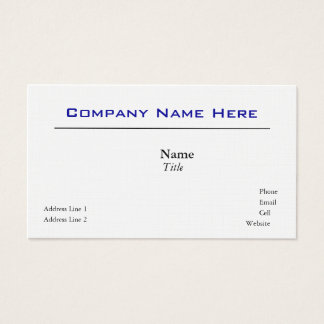
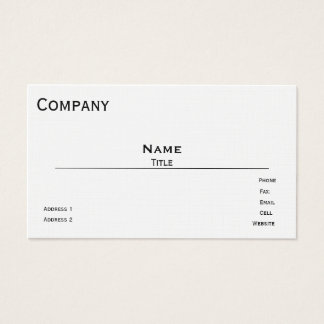

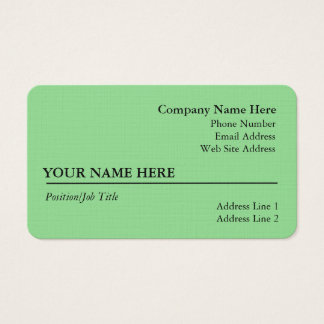
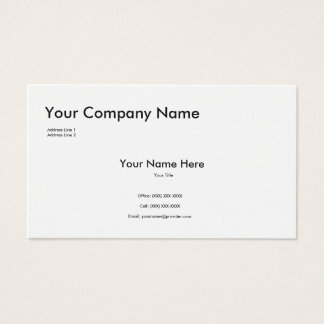
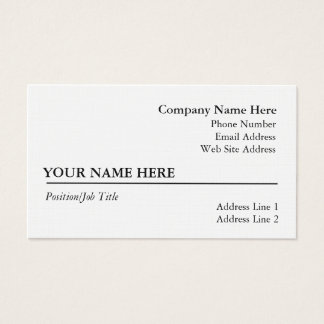
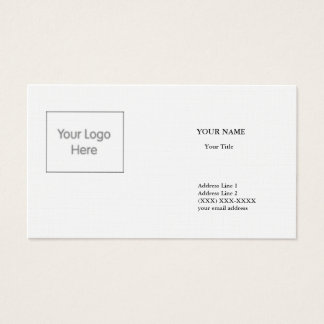
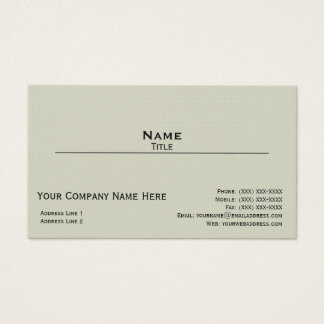
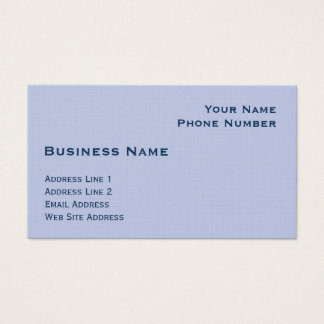

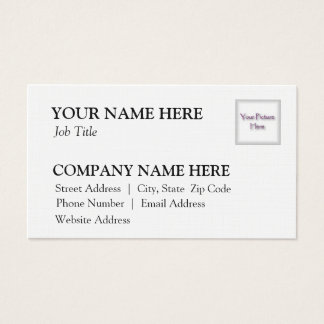
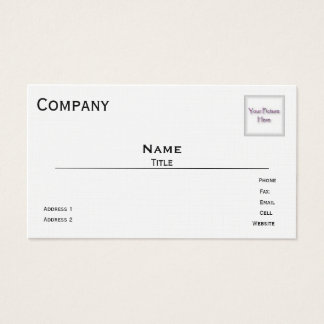
No comments:
Post a Comment